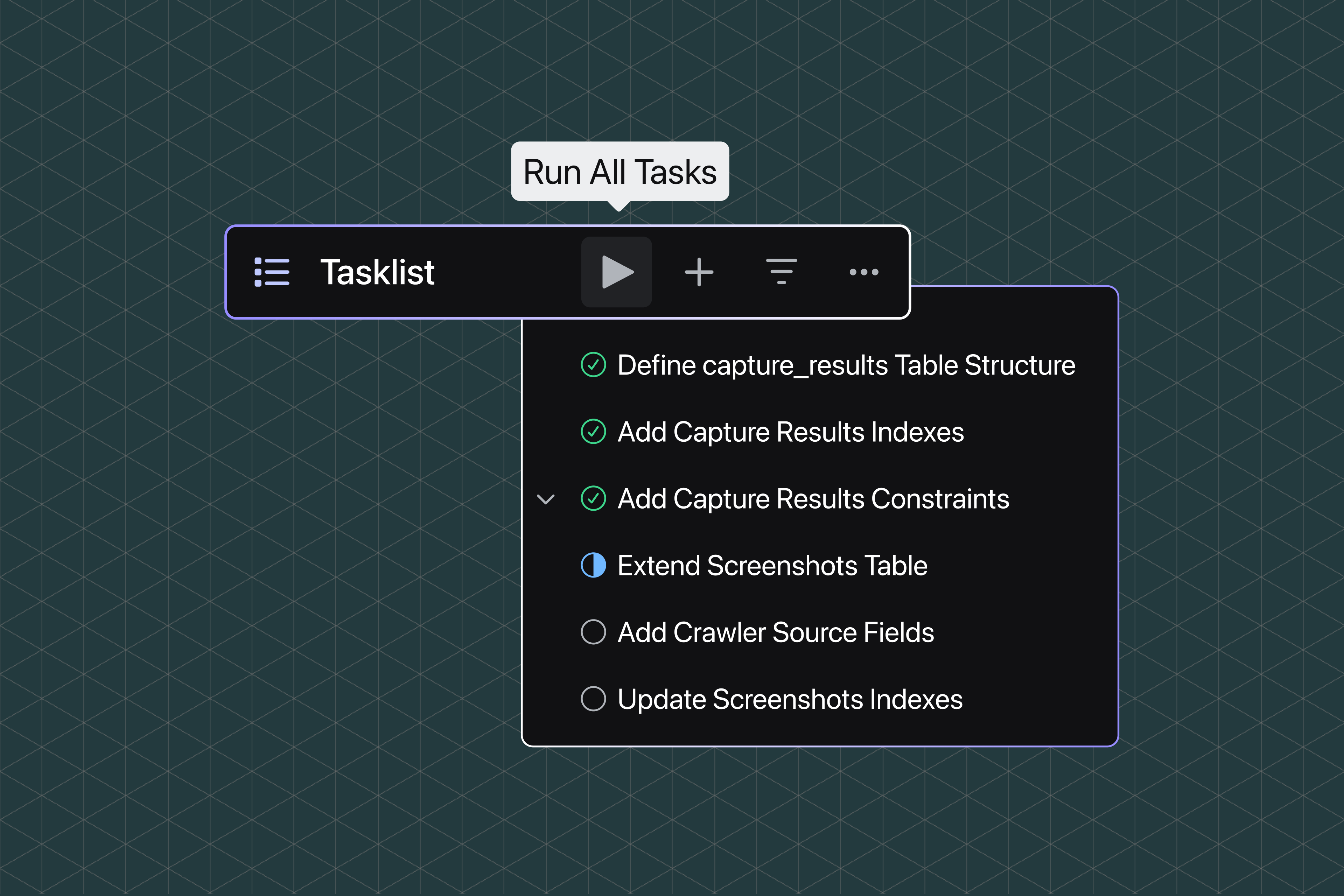
Building stronger engineering teams with aligned autonomy
Striking the balance between speed and strategy is a major challenge for business and tech leaders. That’s where aligned autonomy comes in.
Today’s engineering teams are expected to deliver exceptional results while moving quickly, adapting rapidly to new tools and technology, and staying competitive. In that pressure-cooker environment, striking the balance between speed and strategy is a major challenge for business and tech leaders. Too much control from leadership stifles creativity and impairs responsiveness. On the other hand, with no one at the helm to provide meaningful leadership, you’re looking at fragmentation, misalignment, and lost momentum.
That’s where aligned autonomy comes in. Aligned autonomy is a leadership and organizational philosophy that empowers teams to make decisions independently (autonomy) while ensuring that those decisions support the broader goals, values, and strategic direction of the company (alignment). Done correctly, aligned autonomy leads to stronger engineering teams that are not only more productive and innovative, but also deeply connected to the business mission.
In this article, we’ll explore the key components of aligned autonomy, the critical role of leadership in making this philosophy a reality, and real-world examples of how this principle helps build resilient, high-performing teams.

%20(1).png)












